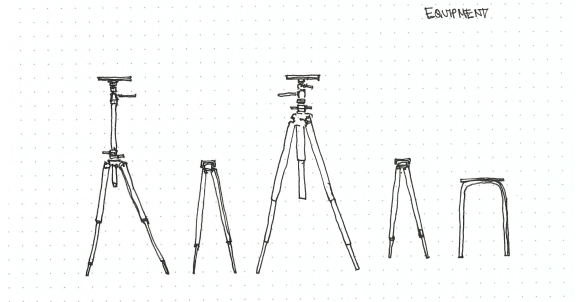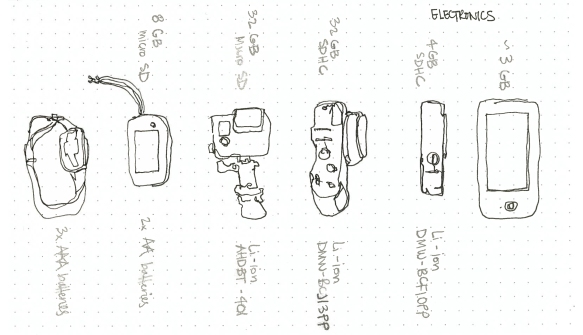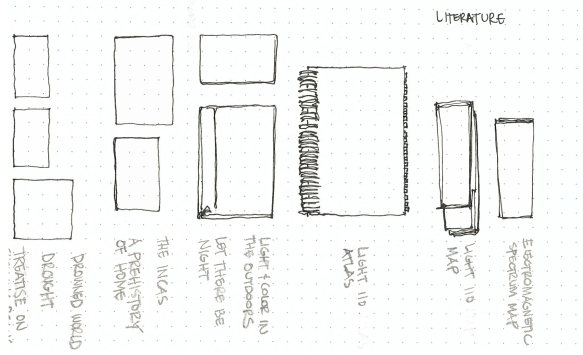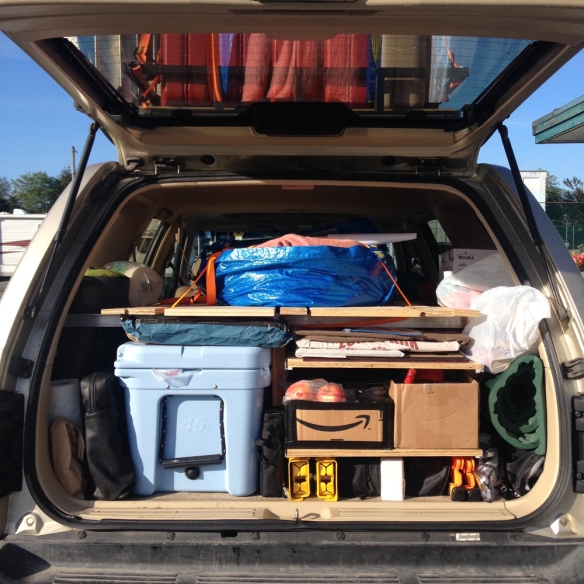Three sites remain in the final stretch of this light odyssey. Reflecting North across the survey collection from eleven latitudes I am reminded of the locality in which this work takes place and the subtlety with which to consider the details. Factors such as near and far topography, the cloud depth and quantity, local materials shaping reflectivity, and weather patterns condition the sun’s light as it reaches the instruments. Framing this collection then is a challenge in format and range. Shown here are four site sample images of light quality captured in the dish from sunrise to sunset. Each sample from the Southern Hemisphere can be read from left to right as time passes from morning to night with each slice taken from the same section in the center of the dish.
































